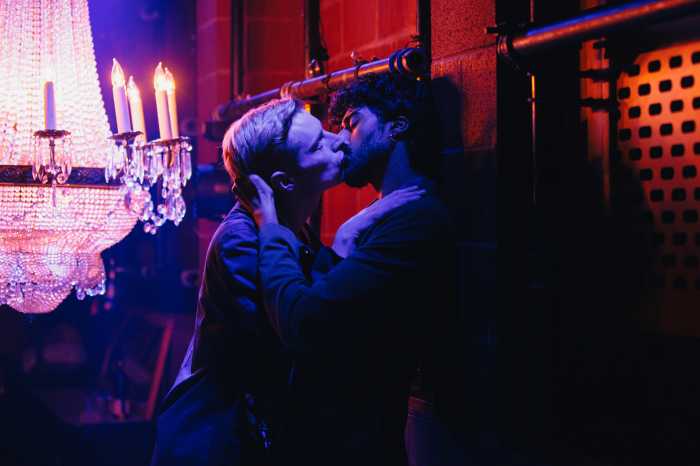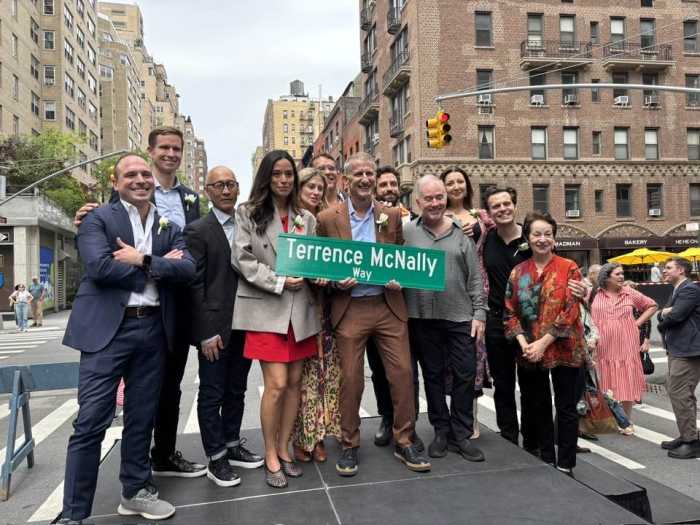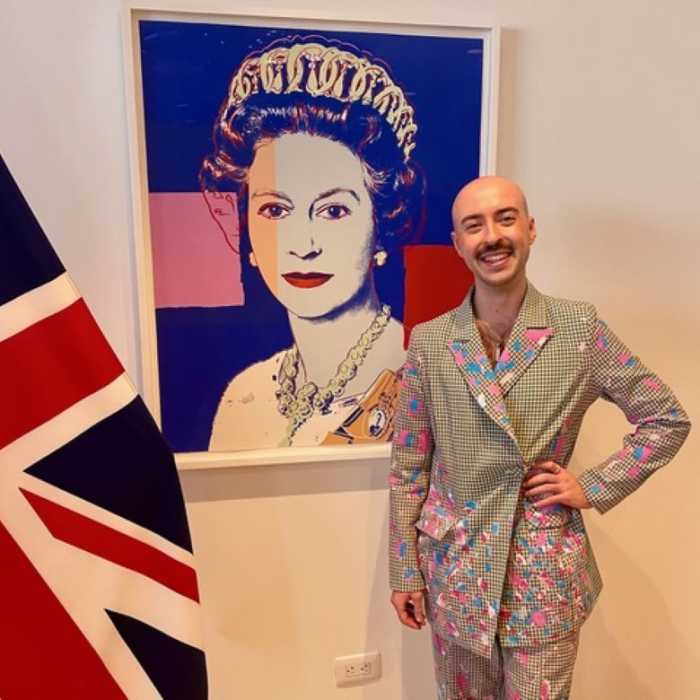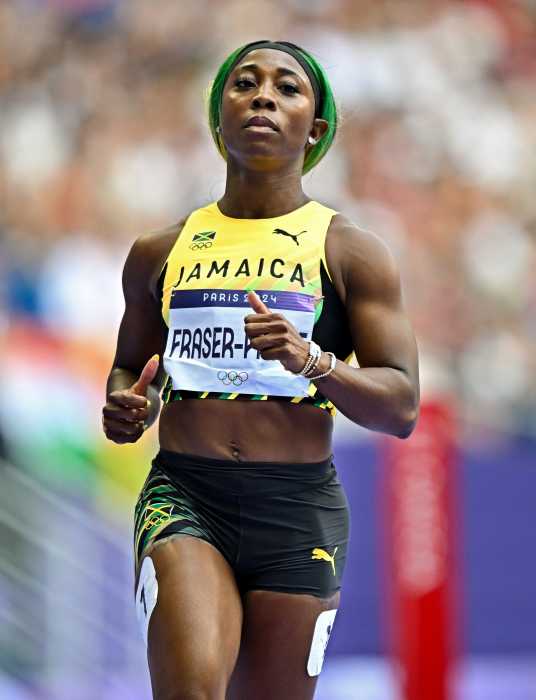Asian ‘Third Wave’ Americans define identity by being themselves
Just as home is where the heart is, identity — whether it’s one’s ethnicity, religion, temperament or occupation — is what we make of it. Of course, it helps to have a rich history to draw from; a cultural and moral compass to guide you on your way. But a compass only points you in the right direction. It doesn’t work so well when you expect it to choose the right destination.
That metaphor, although long and winding and windy and quite possibly unnecessary, will hopefully make a certain amount of sense after considering why, in our modern multi-cultural world, Mia Katigbak thinks there’s a need for a six-day theater festival whose performers are all — only — Asian Americans.
Katigbak, who serves as Artistic Director of the NYC-based National Asian American Theatre Company is — along with Korean-American playwright Lloyd Suh — a co-organizer of the second National Asian American Theater Festival (October 13-18 at the East Village’s Theater for the New City).
The first Festival, held in NYC in June of 2007, was a product of CAATA (The Consortium of Asian American Theaters and Artists). Back in 2004, CAATA was still an ad hoc group of 11 theater companies from around the country. At a 2006 conference in Los Angeles, they decided each member company would host an event — while keeping the festival based in NYC.
Agreeing upon shared goals, schedules and agendas wasn’t nearly as difficult as coming up with an acronym which sufficiently represented the scope of Asians involved.
Katigbak recalls trying to “figure out what to call ourselves, and taking into account the movement 10-15 years ago to increase awareness of Asian American Pacific Islanders. Some don’t identify as Asian — and some in Russia and New Zealand consider themselves Asian. Folks from the West Coast tend to be a lot more sensitive in including Pacific Islanders: ‘We only say Asian American Pacific Islander.’ Goodness, if you have to be that specific, should you say Asian American Pacific Eastern European?” At that point, she notes, naming the group “became as much about who you left out as who you included.”
Even once the name had been determined, its shelf life was threatening to spoil. Katigbak sees that as a good thing, though, noting “As multicultural and global as we’ve become, that (identity) is not a fixed definition. It keeps morphing” until “how we define who we are, and what Asian American Theatre is, becomes hard to pin down.”
That evolving search — which has no final answer or destination — is “what’s driving the Consortium. What we want to do is focus on how we contribute to the national art scene, that cultural aspect.” As for exactly what a cultural identity is now, “Who can say? You look at someone who looks Asian. They could culturally identify as Nordic.” So hopefully, when audiences attend a festival event, they’ll come “not to see or even expect those stereotypical depictions of what ‘Asian’ is.”
So what constitutes Asian identity? Katigbak recalls an observation from Festival co-founder Lloyd Suh — who noted that decades ago, Asian American theatre (and, for that matter, art and music) was created and defined by a First Wave of “people who immigrated. They were concerned about adapting. The Second Wave, their offspring, started to talk about how different they are from their parents in terms of the issues they deal with here; being more American than Asian. The Third Wave just wants to write about whatever it is we want to write about without having to feel responsible in terms of presenting ourselves as an immigrant culture.”
That Third Wave attitude is being realized to great effect with National Asian American Theatre Company’s current production of Anton Chekhov’s “The Seagull.” Like the Pan Asian Repertory Theatre’s current production of “Imelda,” its run is timed to begin before — and last through—the Festival.
NAATCO’s take on “The Seagull” is more concerned with exploring the comedic undertones of Chekhov than thrusting a contrived message about Asian American identity onto the work. That said, Katigbak notes, “The Asian take is unmistakable. You look at the cast, you clearly see this is an Asian American production.” But the connection ends there. “We very purposefully said that’s enough.”
That leaves the audience to spend the play’s three-hour run time contemplating what Keystone Cops slapstick, Three Stooges-inspired physicality and Spike Jones-style sound effects say about the gloom-and-doom stereotypes of Russian plays.
In that sense, Katigbak hopes audiences who see Asian Americans doing European and American classics in “anything but an Asian context” will realize (and appreciate) that a decision was made “not to deny our culture and heritage, but to point it out even more. Because at that point, the discussion becomes, well, so they’re doing this stuff that’s not Asian-themed. It’s not about Asian Americans. So how come they are able to interpret this material? I think expectations tend to relegate you to only make work that’s relevant to your own culture.” With a little more time, and continued globalization, she confidently predicts we’re close to a Fourth Wave where “all of that starts to lose meaning.” But where do we go from there?
The 2nd NATIONAL ASIAN AMERICAN THEATER FESTIVAL features:
“Sharif Don’t Like It” — Shishir Kurup’s play about the U.S. Department of Homeland Security’s dubious treatment of people of Asian and Middle Eastern descent post-9/11.
“20th Century Performance in the 21st century: The Future of Asian American Theatre” — A public forum that examines Asian American theatre past and present.
“Bahu-Beti-Biwi” — Sheetal Gandhi’s dance-theater solo which wraps North Indian music traditions and family characters into a contemporary tour de force
“Don’t You Feel Like it, Too?” — A new work about freeing one’s inner spirit by dancing your inner life in public spaces (by Minneapolis-based theatre artist Marcus Young).
”Labfest III” — Readings of new plays.
“Imelda” — A new musical about Imelda Marcos.
“The Seagull” — Anton Chekhov’s play, with an all Asian-American cast.
NATIONAL ASIAN AMERICAN THEATER FESTIVAL
October 13-18
Presented by CAATA (The Consortium of Asian American Theaters & Artists)
At Theater for the New City (155 First Avenue, btw. 9th and 10th Streets)
For tickets ($5-$20), call 646-522-0931
For performance/reading/panel schedule,
visit www.naatf.org

































